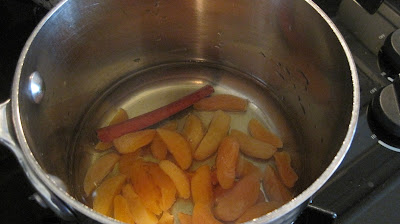This past weekend I had a dinner party and again the requested dish was my Sweet and Sour Brisket. We were having a Pot Luck dinner and I was the host so everyone brought a dish. It was fun getting together with everyone but as always I made more brisket than needed which meant leftovers. Leftovers are great if it's fruit or vegetables but when it's meat it can be dangerous. That's why last night fish was on our dinner menu. Light, healthy, and nutritious was what my body was craving.
Whenever I'm in that super healthy mood I head over to Whole Foods Market. The produce section alone gives me energy - it's incredible! Bright colors of every fruit and vegetable you can imagine. My mind goes crazy trying to come up with dishes I can create.
Monday evenings meal was going to be Grilled Sea Bass with a Black Bean and Corn Salsa with Sugar Snap Peas. This simple dish was tossed together in all of 30 minutes.
I love Sea Bass for it's mild yet buttery flavor. People always ask me how much butter I added to the dish and I smile and tell them none. It's hard to believe because of the delicate, buttery flavor but it's true. Of course if you don't like fish or are allergic to it like my blogger friend Ann then go ahead and use chicken or any other meat that strikes your fancy to go with the salsa.
Speaking of the salsa - this was just a matter of slicing and dicing veggies that I felt like adding. You can do a rough chop or do a nice brunoise cut.
Brunoise is a precision cut where the food is first julienned (cut into thin match sticks), then turned a quarter turn and diced again, producing tiny cubes with equal sides (typically under 3mm). This cut is commonly used as a garnish for Consomme, or salsas.
Below is an example of a brunoise cut:
Yellow Pepper
Cut into match sticks
Turn match sticks 1/4 turn and line up ends evenly
Slice ends into even cubes, size can vary depending upon the
effect you are trying to achieve
The sugar snap peas were rinsed, and steamed for all of about 4 minutes until they turned a bright green color. Remove from heat and serve immediately or plunge in an ice water bath to hault the cooking process to maintaian their bright color.
Grilled Sea Bass with Black Bean and Corn Salsa
serves 4
Ingredients:
4 - Six to Eight ounce Sea Bass, skin on if possible
1 can Black Beans, rinsed to remove salt
1/2 cup fresh or frozen corn
1/4 red onion minced
1/2 red pepper, brunoise cut
1/2 orange or yellow pepper, brunoise cut
1/2 Pablano Pepper, seeded and cut brunoise style
juice of 1 lime
1 tablespoon Extra-Virgin Olive Oil
salt and pepper to taste
Sugar Snap Peas
Instructions:
Turn grill on to preheat. Rinse Sea Bass, pat dry and place skin side down on a medium hot grill. Cover and cook 15 minutes. No need to flip. After 15 minutes using a metal spatula, place between the bottom of the fish and top of the skin. Glide gently to remove Sea Bass from the skin. Repeat with all Sea Bass and place on a platter. Then remove the skin with the spatula from the grill and disgard.
The Salsa can be made an hour or two in advance. Place black beans in a mesh strainer and rinse to remove salt and liquid. Drain and place in a bowl.
Add corn, onion, and peppers to the bowl. Add juice of a lime and olive oil. Add salt and pepper to taste. Blend then cover and place in the refrigerator to chill for later.
Just before removing the Sea Bass from the grill steam the Sugar Snap Peas by simply adding about an inch or two of water to the bottom of a saucepan with a steamer insert. Add the sugar snap peas, cover and steam approximately 4 minutes or until they turn bright green.
Place Sea Bass on a plate, spoon generously with the salsa and place sugar snap peas along side. Simple, easy and very nutritious.
Enjoy!



















